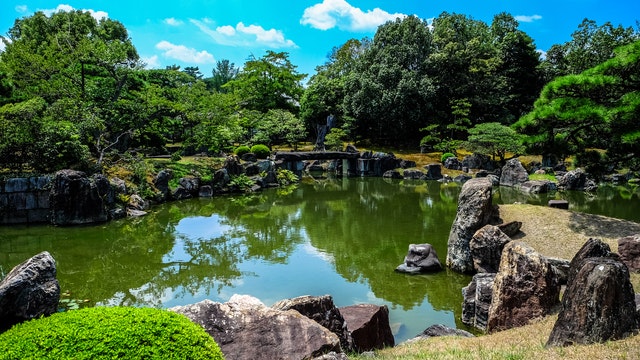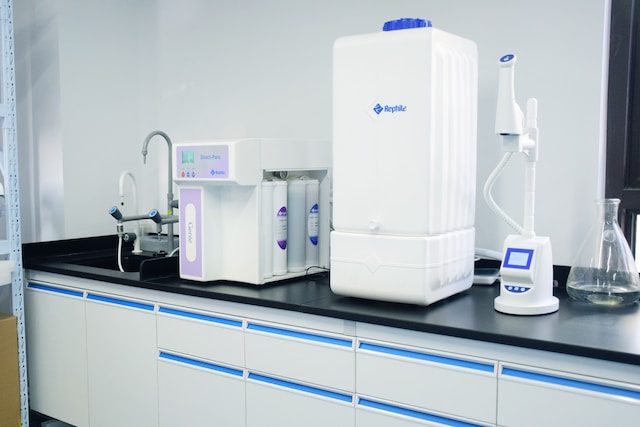3 Facts about Pond Enzyme Treatments
When you have a body of water on your property, it’s important to give it the care and maintenance it needs to be a safe and healthy environment, including keeping it clean without hurting its ecosystem. Here are three facts about one cleaning option, enzyme treatments.
1. It’s One of Three Treatment Classes
An enzyme treatment is one of three types of water treatment options. The other two are bacteria treatments and herbicides. Sometimes there is some crossover between the three, such as imazapyr treatments, which are herbicides that inhibit certain enzymes in algae and other plants to control their growth and spread.
2. Different Jurisdictions Have Different Laws
Before you decide on a type of water treatment, check your jurisdiction’s laws regarding the treatment and cleaning of natural bodies of water. Depending on your country, state and local jurisdiction, there may be certain laws regarding what types of treatments are allowed, restricted or prohibited. For example, in Pennsylvania, you need to contact the PA Department of Environmental Protection and the PA Fish and Boat Commission to apply for a state permit approving your use of herbicides.
3. You Need To Be Careful Using Them
Remember, all three water treatment classes need to be handled with utmost caution. While many of these treatments aren’t considered dangerous to humans, some can be, particularly to small children. They can also pose a great risk to the ecosystem and animals in the area, both wild and domesticated, if used improperly or excessively. Unless you are a professional or have extensive experience in using these types of treatments, it’s a good idea to hire aquatic management professionals, who will know how to safely and properly treat your water.
An enzyme treatment is only one option available to you for cleaning bodies of water. Carefully research and talk to professionals before choosing a treatment type.









